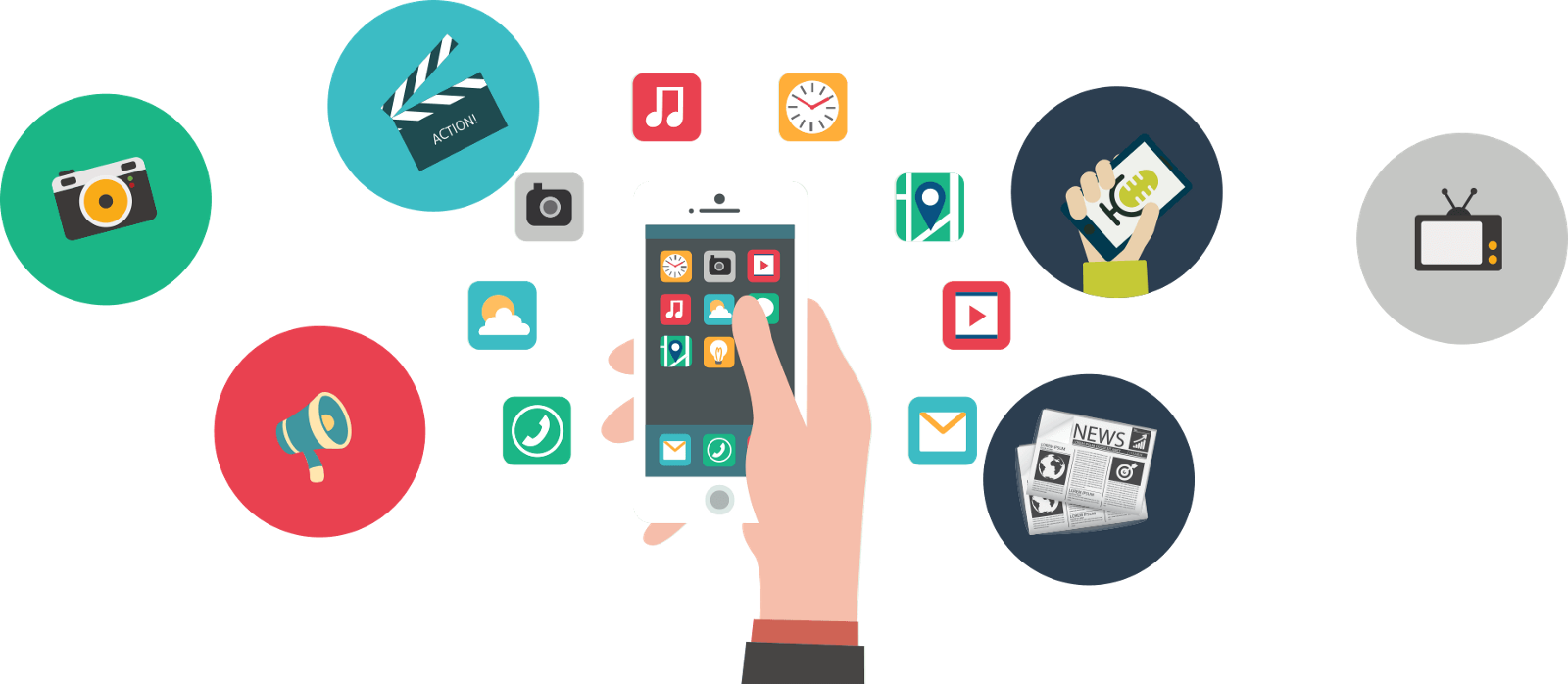Social listening is a way of tracking and contributing to the online conversation and note the number of times your brand gets mentioned. You will note the specific keywords, comments, and phrases of words related to your brand when mentioned. The business will, in return, have time to analyze and respond effectively to the conversations about them for utmost customer satisfaction. Social listening is a crucial aspect when an organization analyzes its customers.
- The first step of carrying out the activity is monitoring all social media platforms and mentions your brand, product or services, and competitors.
- After gathering all the data you can, the next stage is the analysis. Data analysis will give you an insight into what your customer thinks about your brand. With this, you will strategize and respond to their queries, suggestions, and dissatisfaction better. Doing this will help you gain and keep more customers, allowing you to crush the competition and stay ahead of them.
How to Use Social Listening For Your Brand
To get where the conversation is, you must set up and start tracking any conversation by your customers on social platforms. You should later find the comments and respond to the chat positively, whether the discussions support your brand or just a negative comment from a dissatisfied client. The following are steps to consider starting social listening:
1. Identify the Network You Intend To Use
There are many social platforms currently in use, and they develop more each day. Choosing a platform where more of your customers are active is crucial. You can do this by considering the age, race, and social needs of the clients. It will help you identify a platform which you will easily find a reasonable number of your customers.
2. Identify the Tool You Want To Use
When someone directly mentions your brand on a social platform, it will be hard for you to get the notification. However, you can contact managing companies like NetBase Quid to help you with social listening. They use sophisticated tools that will track actual words and phrases from foreign languages tied to your brand. You can also use paid tools like Google Alerts, Mention, Hootsuite, Brand Mentions, SuperOffice Service, and Falcon, to mention a few.
3. Set Up Notification in Real-Time
To find the notifications online, they will require you to set up and receive alerts in real-time. It will give you a chance to respond to your customer’s queries and dissatisfaction promptly.
4. Responding To the Customers
Almost every company has created accounts on various social media platforms. Many of them actively respond to their clients, while the rest never respond to their clients. It’s crucial to respond to the customer promptly as possible because this will reduce the chances of any negative incident escalating into irreversible PR disasters.
5. Promptly Handle The Complaints
When clients are dissatisfied, a considerable percentage of them turn to social media to rant about it. If such an incident occurs, it’s advisable to handle the situation as quickly as possible and offer an apology and incentives where possible. Companies that are quick to apologize and own up to mistakes get the public favor and get forgiven.
If possible, you can request the dissatisfied client to take the complaints offline by providing an email address or a phone number they can reach you through. You will handle the complaint even better without the scrutiny of the public
6. Acknowledge the Positive Feedback
Some loyal clients will be gracious enough to leave a comment to show that they were happy with the products or services you offer them. Never ignore them. Ensure you thank them for using your product and taking their time to give feedback.














